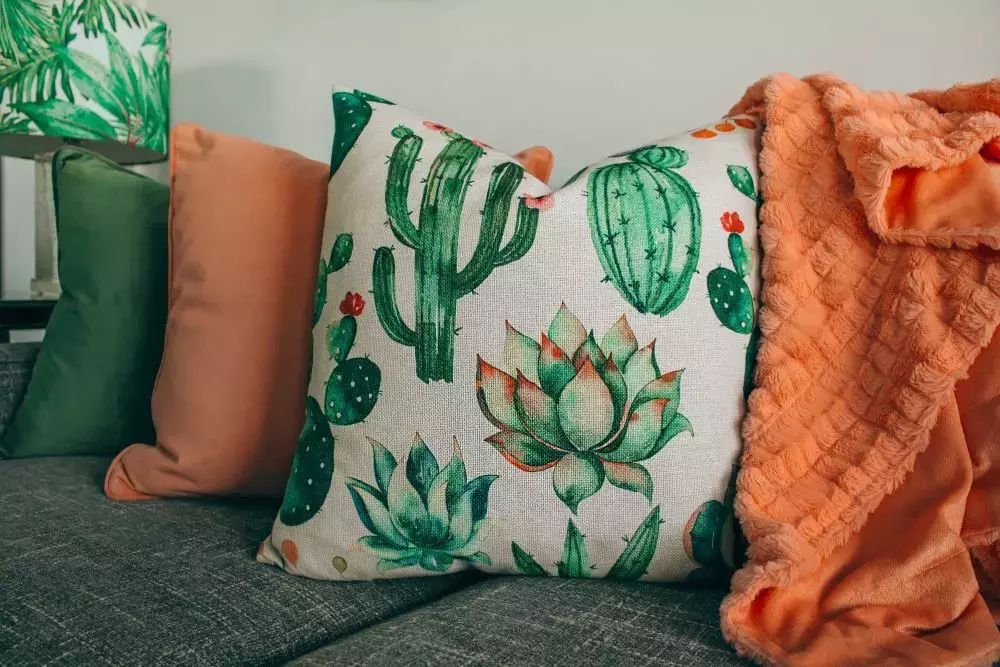Easy Tips for Sewing Pillows
2020-02-21
Sewing pillows is always good fun because it's a quick job, and you can create something that you wouldn't find anywhere in a store. Break the mold and use these wonderful tips to give pillows as gifts, or to spruce up your own home!
Have the Right Materials and Take Measurements Correctly
As with any project, you'll need to spend a little time gathering the right supplies. Make sure that you have these materials on hand before you get started:
- Fabric (possibly and front and back fabric that complement each other)
- Thread
- Needle
- Scissors
- Straight pins
- Sewing machine
- Pillow inserts
- Wax or butcher paper
- Ruler
- Tape measure
- Pencil
After you bring together all of your materials, you'll want to go through and measure your pillow insert. The great thing is that you can use the same basic pillow pattern for anything size or shape pillow as long as you know how to take measurements the right way.
You’ll want to measure across the top without depressing the pillow to account for height and the width of the pillow.
Create a Pattern with Butcher Paper
If you've never created a pattern before, then pillows are a great place to start. Using brown kitchen paper or butcher paper is best, but if you have wax paper lying around, then you can use that as well.
Then you’ll need to grab a square, yardstick, or simple ruler. Mark out your measurements, and you'll see the initial shape of your pillow, but then you'll want to go through and add two-inches onto the height and the width. That two-inch addition allows for your seams on all four sides.
Butcher paper is usually the top choice among sewers as it’s pretty stiff, but it is also cheap and easy to replace. Most people don't keep simple patterns around, but that doesn't mean that you shouldn’t have a pattern at all. Learning how to make your own patterns can help you with many projects in the future, so take this simple project to start building that skill.
Trim Your Edges
This is a tip that goes against all lazy sewers' habits. Your edges do need trimming, and it doesn't take more than a few minutes. Before you turn your fabric, take a small pair of scissors and trim the edges down to 1/2-inch.
For the best results, don't trim both fabrics together. Trim one fabric, close to the corners, and then go through a second time and trim the other fabric.
Use an Invisible Stitch
Even with a great sewing machine, you'll end up with a small opening that you'll need to hand-sew closed. New sewers will often stitch it closed and leave a depression that shows where the pillow was finished. But, if you take a little time to learn an invisible stitch, you can have perfect pillows.
To complete an invisible stitch, which is also called a ladder stitch and a slip stitch, you'll need to start by pressing the fabric before putting in the pillow insert. That should leave the opening with two folded edges that match the seam allowance.
After you have your needle setup, you'll start your stitch from the inside of the fabric going through the folded edge, which is closest to you. Then insert the needle again right on the edge of the fold, on the material directly opposite from where you started your stitch. After that, continue the stitch by running it into the folded edge for about a 1/4-inch and going through the fabric the same way you began your stitch. For the second stitch, you'll go through the same process and reinsert the needle almost directly across from where the needle left the fabric.
To close an invisible stitch, use a slip knot in your final stitch and then pull the needle out away from the stitch. Clip the thread as close to the fabric as possible. Now you have lost your thread in the pillow with the seam closed!
Now that you know how to make the perfect pillow, you will need the right supplies. Be sure to check out GoldStar Tool for the best sewing machines and sewing tools. And, if you need any help, be sure to contact us so we can assist you with all of your sewing needs.





